What Is The Fastest Jet In The World? It’s a question that ignites the imagination, and WHAT.EDU.VN is here to provide you with a comprehensive answer. We’ll explore the incredible speeds and technological marvels of the world’s most impressive aircraft. Explore aerospace innovation and supersonic flight.
1. The Quest for Speed: Understanding Supersonic Flight
Before diving into the specifics of the fastest jets, it’s important to understand what makes supersonic flight possible. Here’s a breakdown:
- Breaking the Sound Barrier: Sound travels at approximately 767 miles per hour (1,235 kilometers per hour) at sea level. When an aircraft approaches this speed, it encounters increased air resistance, creating a “sound barrier.”
- Overcoming Drag: Supersonic aircraft are designed with sleek aerodynamics and powerful engines to overcome this drag.
- Mach Number: Speed is often measured in Mach numbers, where Mach 1 equals the speed of sound. Mach 2 is twice the speed of sound, and so on.
2. Factors Affecting Jet Speed
Several factors influence the maximum speed a jet can achieve:
- Engine Power: More powerful engines generate greater thrust, propelling the aircraft forward.
- Aerodynamic Design: Streamlined designs reduce air resistance, allowing for higher speeds.
- Altitude: Air density decreases with altitude, reducing drag and enabling faster flight.
- Fuel Capacity: Carrying more fuel adds weight, which can limit speed.
- Materials: Advanced materials are needed to withstand the extreme temperatures and stresses of supersonic flight.
3. Top 10 Fastest Jets in the World
Here’s a countdown of the top 10 fastest jets, combining both retired and active aircraft:
| Rank | Jet | Top Speed | Notes |
|---|---|---|---|
| 1 | NASA X-43 | Mach 9.6 | Experimental hypersonic aircraft; unmanned. |
| 2 | Lockheed SR-71 Blackbird | Mach 3.3 | Retired reconnaissance aircraft; held speed records for decades. |
| 3 | Mikoyan MiG-25 Foxbat | Mach 2.83 | Interceptor and reconnaissance aircraft; still in limited service. |
| 4 | Mikoyan MiG-31 Foxhound | Mach 2.83 | Interceptor aircraft; an advanced version of the MiG-25. |
| 5 | McDonnell Douglas F-15 Eagle | Mach 2.5 | Air superiority fighter; one of the most successful fighter jets ever. |
| 6 | Sukhoi Su-27 Flanker | Mach 2.35 | Multirole fighter; known for its agility and maneuverability. |
| 7 | Mikoyan MiG-23 Flogger | Mach 2.35 | Swing-wing fighter; widely exported during the Cold War. |
| 8 | Grumman F-14 Tomcat | Mach 2.34 | Retired naval fighter; famous for its role in the movie “Top Gun.” |
| 9 | Mikoyan MiG-29 Fulcrum | Mach 2.3 | Multirole fighter; a highly maneuverable and versatile aircraft. |
| 10 | Lockheed Martin F-22 Raptor | Mach 2.25 | Stealth fighter; known for its advanced technology and air dominance capabilities. |

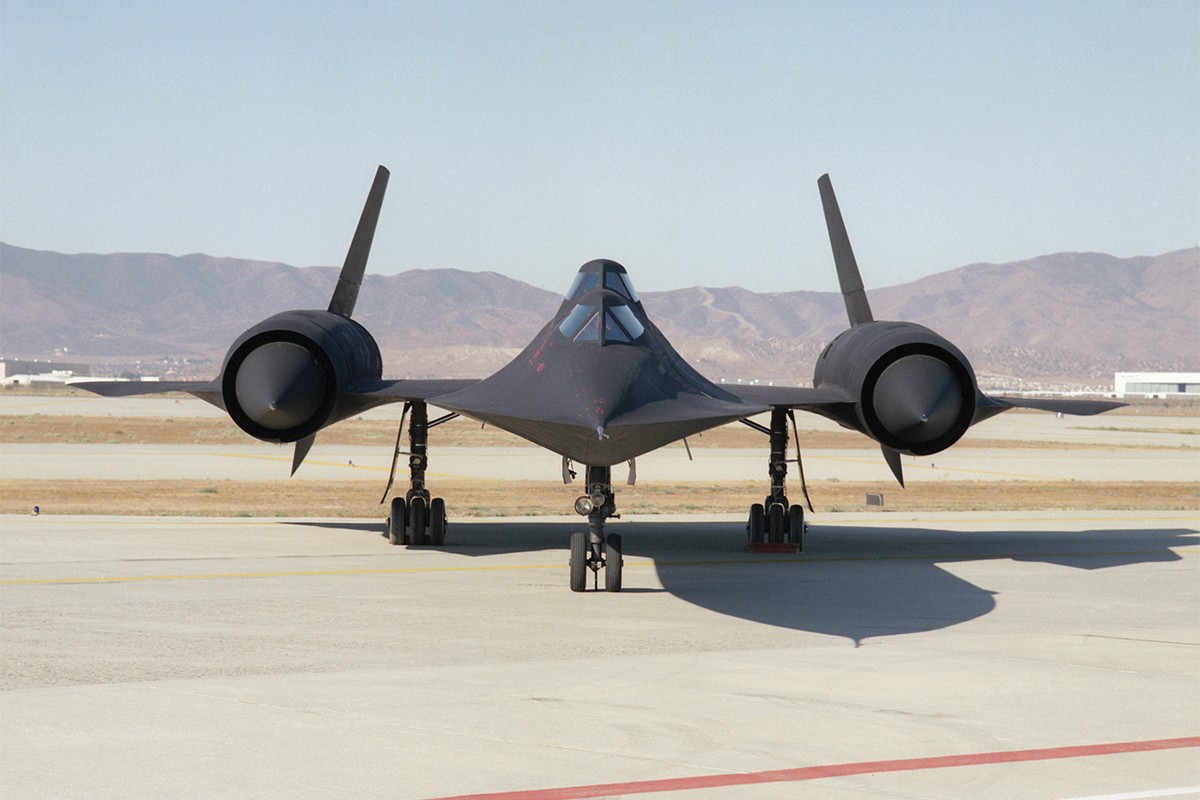
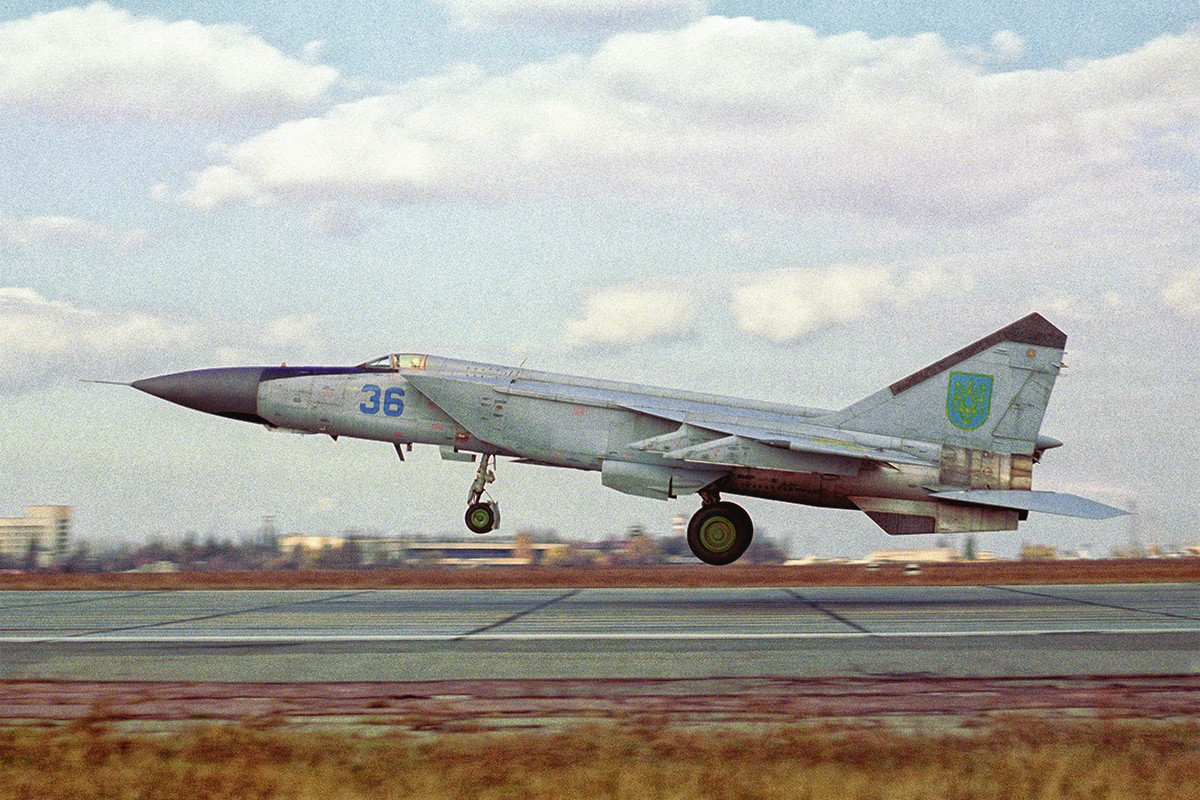
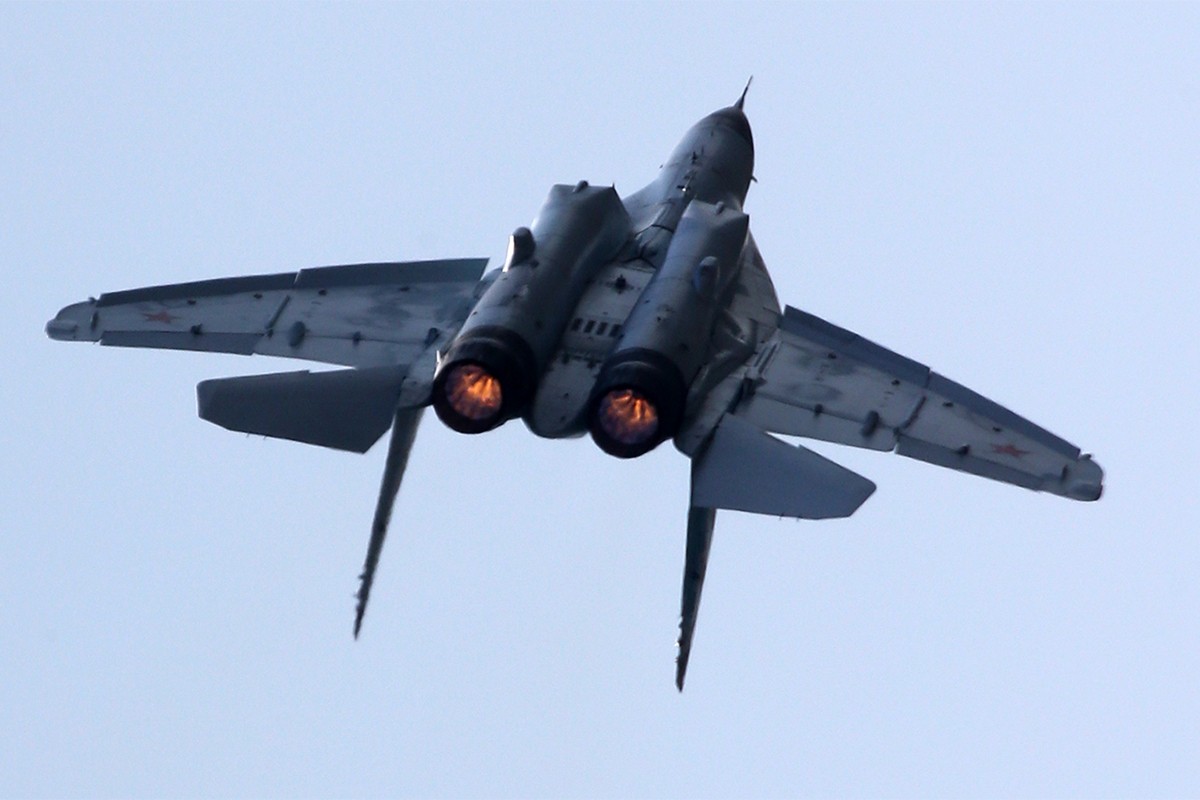
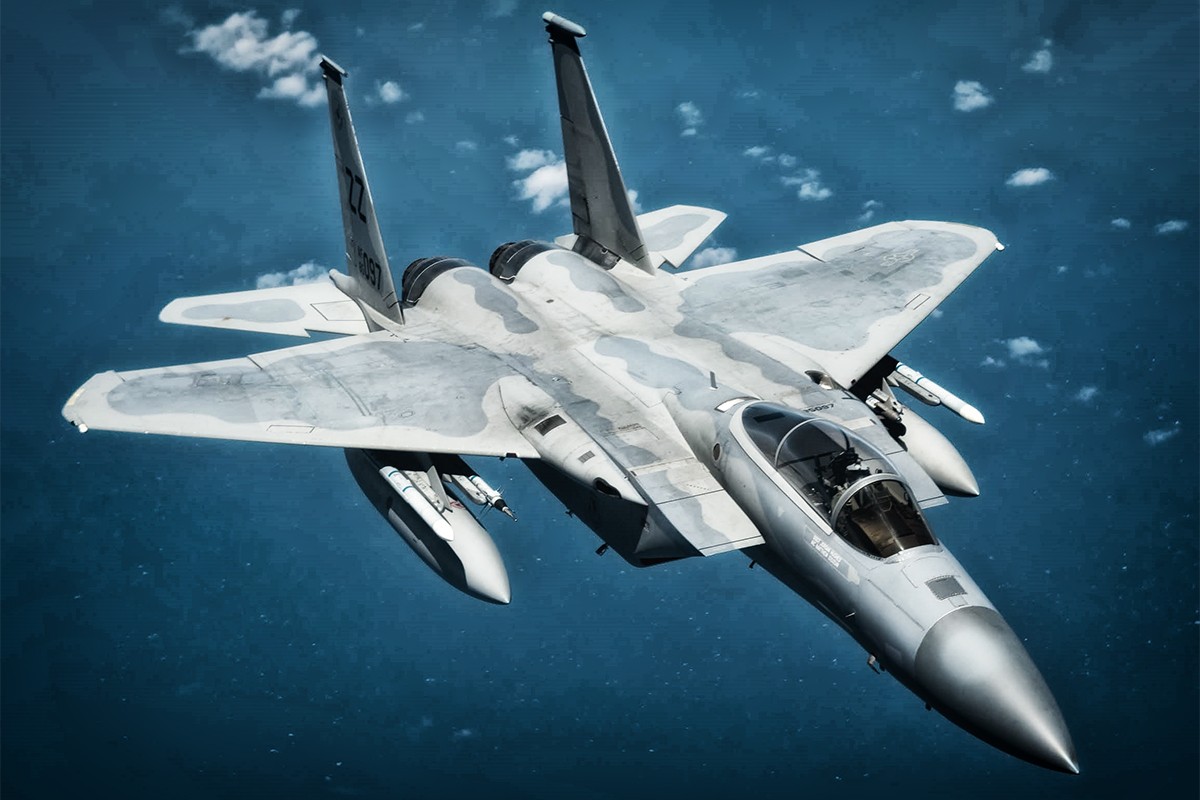
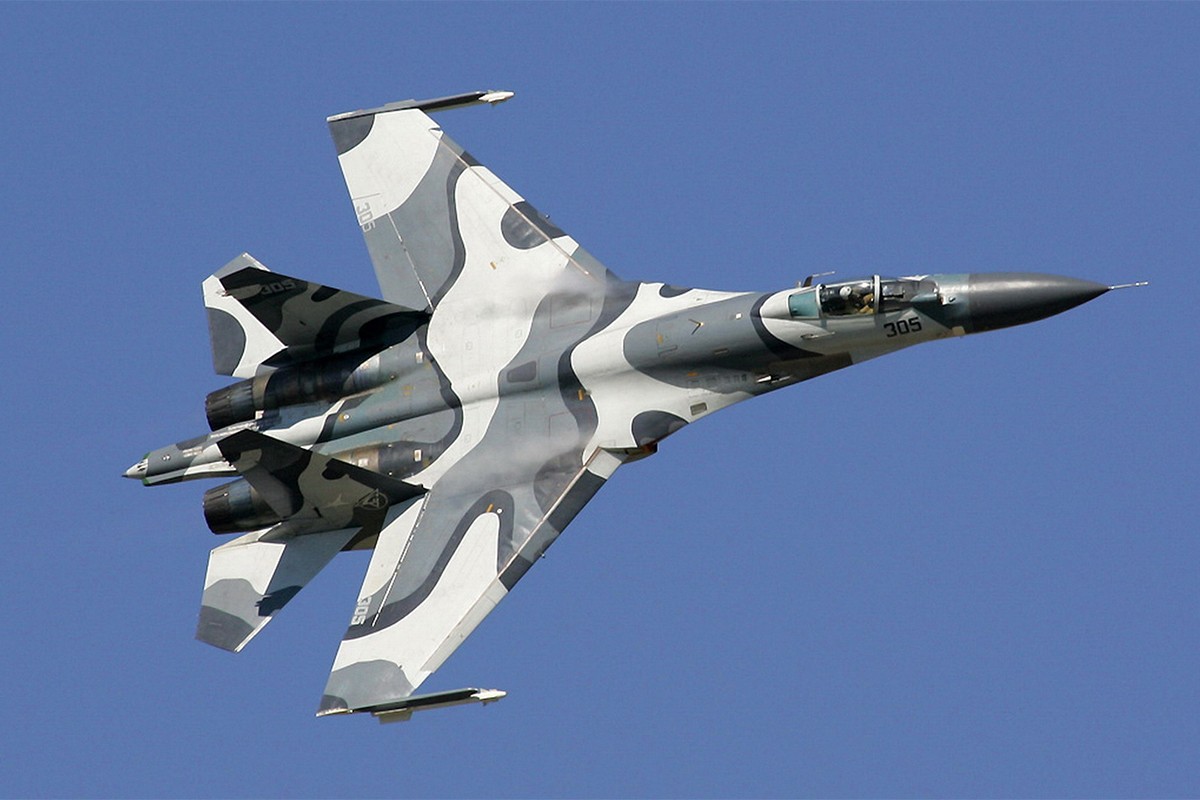
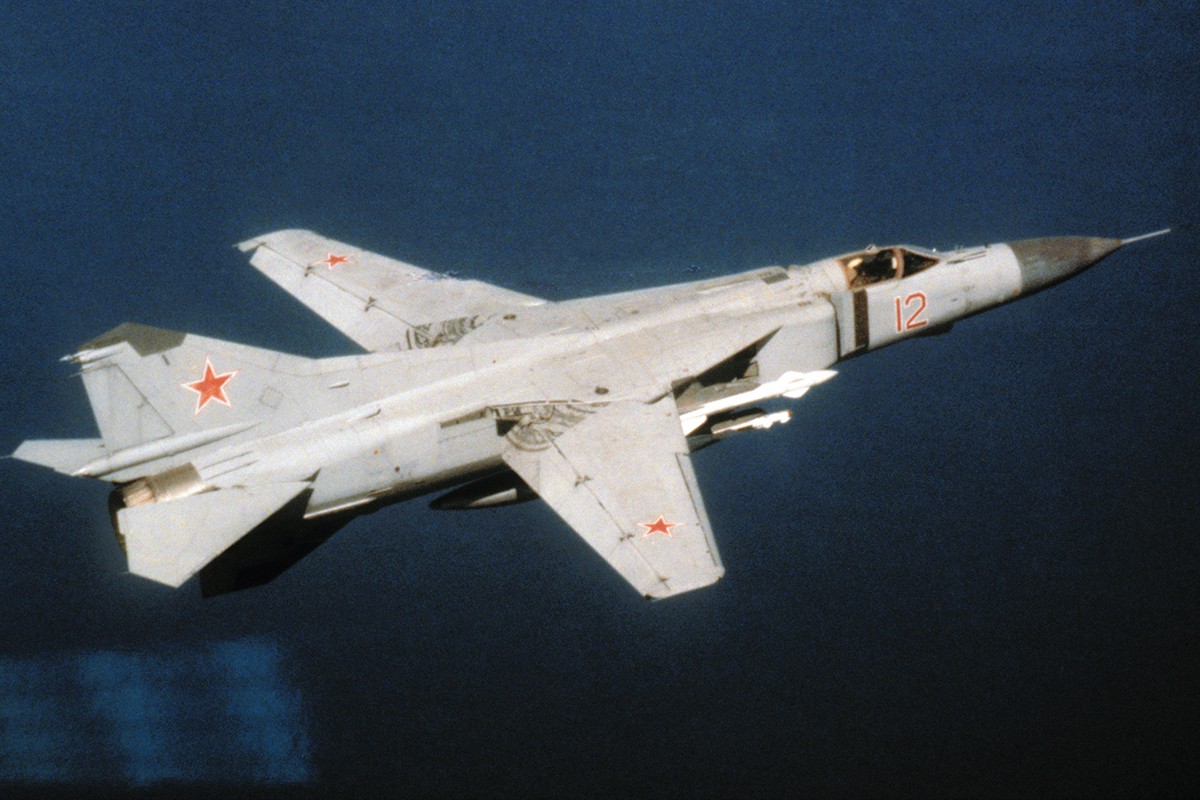
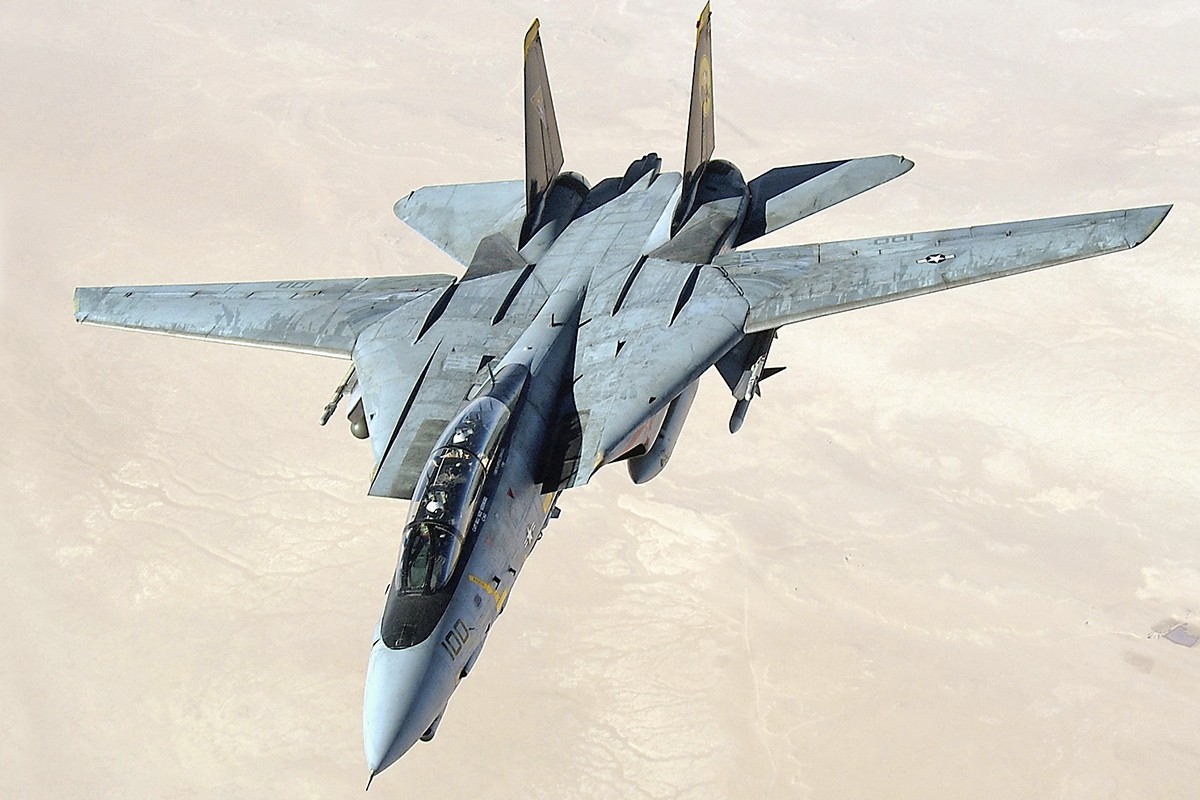
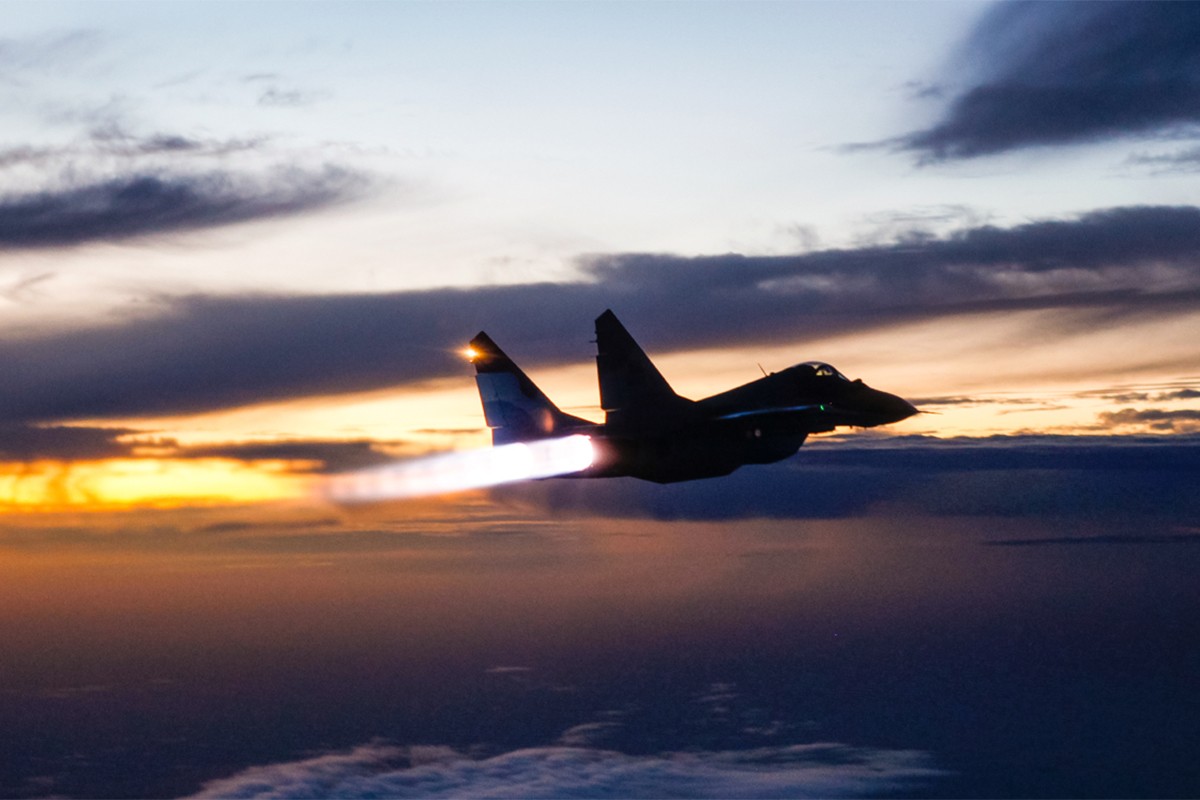
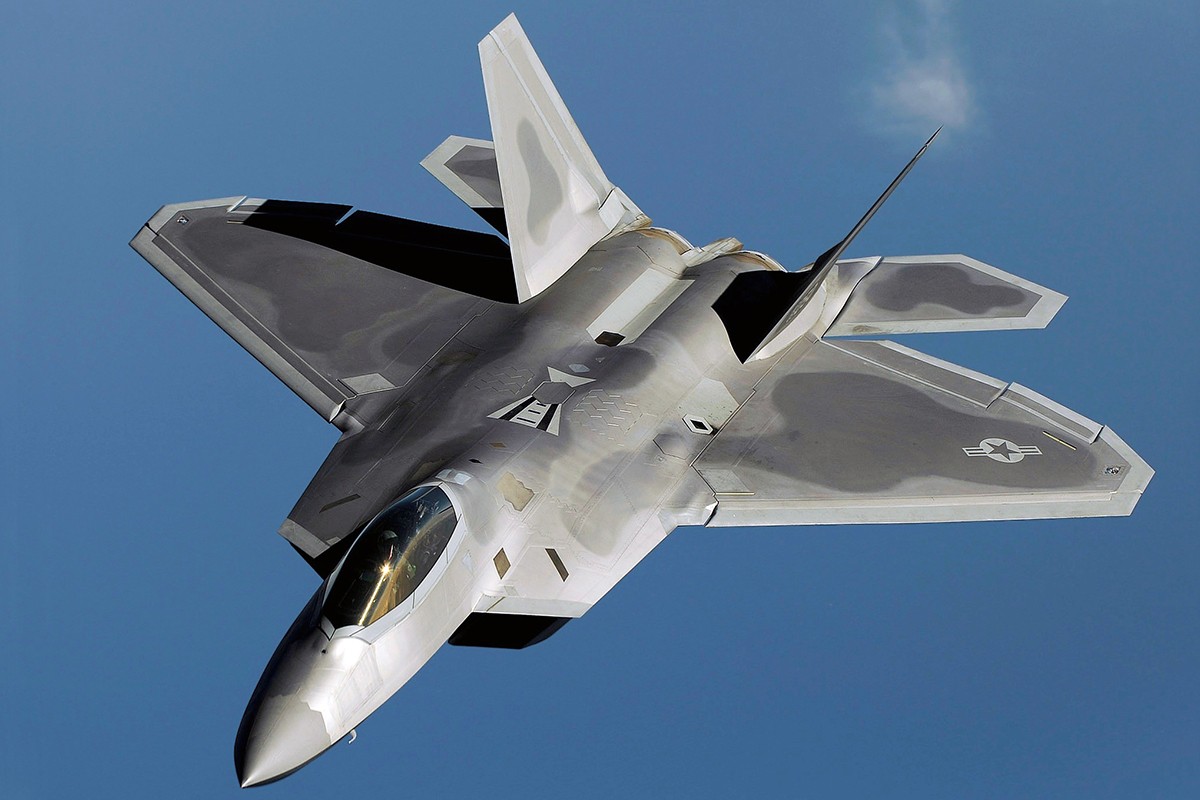
Let’s explore each of these incredible machines in more detail:
3.1. NASA X-43: The Unmanned Speed Champion
The NASA X-43 is an experimental unmanned aircraft that holds the record for the fastest jet ever built. Here’s why it’s so exceptional:
- Scramjet Engine: The X-43 is powered by a scramjet (supersonic combustion ramjet) engine, which is more efficient than traditional jet engines at hypersonic speeds.
- Mach 9.6: It reached a top speed of Mach 9.6 (approximately 7,363 miles per hour or 11,852 kilometers per hour) during a test flight in 2004.
- Experimental Purpose: The X-43 was designed to test scramjet technology and gather data for future hypersonic aircraft.
- Limited Flights: Only a few X-43 aircraft were built, and they were used for a small number of test flights before being retired.
3.2. Lockheed SR-71 Blackbird: The Cold War Legend
The Lockheed SR-71 Blackbird is a retired reconnaissance aircraft that held the record for the fastest manned jet for decades. It remains an icon of aviation history.
- Mach 3.3: The SR-71 could reach a top speed of Mach 3.3 (approximately 2,532 miles per hour or 4,074 kilometers per hour).
- High-Altitude Flight: It was designed to fly at extremely high altitudes (over 85,000 feet or 25,900 meters) to avoid interception.
- Reconnaissance Missions: The SR-71 was used for strategic reconnaissance during the Cold War, gathering intelligence information for the United States.
- Titanium Construction: Due to the extreme temperatures generated at high speeds, the SR-71 was built primarily of titanium.
- Retired in 1999: Although retired from military service in 1990, NASA operated the SR-71 for research purposes until 1999.
3.3. Mikoyan MiG-25 Foxbat: The High-Speed Interceptor
The Mikoyan MiG-25 Foxbat is a Soviet-era interceptor and reconnaissance aircraft known for its incredible speed.
- Mach 2.83: The MiG-25 has a top speed of Mach 2.83 (approximately 2,173 miles per hour or 3,497 kilometers per hour). Some sources claim it could reach Mach 3.2, but this was limited to avoid engine damage.
- Interceptor Role: It was designed to intercept high-speed American bombers during the Cold War.
- Limited Maneuverability: While fast, the MiG-25 was not particularly maneuverable at low speeds.
- Still in Service: Despite its age, the MiG-25 remains in limited service with some air forces around the world.
3.4. Mikoyan MiG-31 Foxhound: The Advanced Interceptor
The Mikoyan MiG-31 Foxhound is an advanced interceptor aircraft developed from the MiG-25.
- Mach 2.83: The MiG-31 shares the same top speed as the MiG-25: Mach 2.83 (approximately 2,173 miles per hour or 3,497 kilometers per hour).
- Improved Capabilities: The MiG-31 features improved radar, avionics, and weaponry compared to the MiG-25.
- Long-Range Interception: It is designed to intercept enemy aircraft and cruise missiles at long ranges.
- Active Service: The MiG-31 remains an important part of the Russian Air Force.
3.5. McDonnell Douglas F-15 Eagle: The Air Superiority Fighter
The McDonnell Douglas (now Boeing) F-15 Eagle is a legendary air superiority fighter known for its speed, maneuverability, and advanced avionics.
- Mach 2.5: The F-15 Eagle has a top speed of Mach 2.5 (approximately 1,918 miles per hour or 3,087 kilometers per hour).
- Air Superiority: It was designed to achieve and maintain air superiority in combat.
- Impressive Combat Record: The F-15 has an outstanding combat record, with over 100 aerial victories and no losses in air-to-air combat.
- Still in Production: Despite being in service for over 40 years, the F-15 is still in production today, with advanced variants being developed.
3.6. Sukhoi Su-27 Flanker: The Agile Multirole Fighter
The Sukhoi Su-27 Flanker is a Soviet-era multirole fighter known for its exceptional agility and maneuverability.
- Mach 2.35: The Su-27 has a top speed of Mach 2.35 (approximately 1,805 miles per hour or 2,905 kilometers per hour).
- Dogfighting Prowess: It is highly capable in close-quarters dogfights due to its aerodynamic design and powerful engines.
- Multirole Capability: The Su-27 can perform a variety of missions, including air-to-air combat, air-to-ground attack, and reconnaissance.
- Widely Exported: The Su-27 has been exported to numerous countries around the world.
3.7. Mikoyan MiG-23 Flogger: The Swing-Wing Fighter
The Mikoyan MiG-23 Flogger is a Soviet-era swing-wing fighter designed for both air-to-air and air-to-ground missions.
- Mach 2.35: The MiG-23 has a top speed of Mach 2.35 (approximately 1,805 miles per hour or 2,905 kilometers per hour).
- Variable Geometry Wings: Its swing-wing design allows it to optimize its performance for different flight conditions.
- Widely Used: The MiG-23 was widely exported to countries in the Eastern Bloc and the developing world.
- Gradually Being Retired: Many MiG-23s have been retired from service, but some remain in operation with various air forces.
3.8. Grumman F-14 Tomcat: The Top Gun Icon
The Grumman F-14 Tomcat is a retired U.S. Navy fighter made famous by the movie “Top Gun”.
- Mach 2.34: The F-14 Tomcat had a top speed of Mach 2.34 (approximately 1,798 miles per hour or 2,894 kilometers per hour).
- Variable Geometry Wings: The F-14 also featured variable geometry wings, allowing it to adapt to different flight regimes.
- Long-Range Interception: It was designed for long-range fleet defense and interception missions.
- Retired in 2006: The F-14 was retired from U.S. Navy service in 2006.
3.9. Mikoyan MiG-29 Fulcrum: The Versatile Fighter
The Mikoyan MiG-29 Fulcrum is a Soviet-era multirole fighter known for its agility and versatility.
- Mach 2.3: The MiG-29 has a top speed of Mach 2.3 (approximately 1,769 miles per hour or 2,847 kilometers per hour).
- Close-Range Combat: It is highly maneuverable in close-range combat situations.
- Multirole Capabilities: The MiG-29 can perform both air-to-air and air-to-ground missions.
- Widely Exported: It has been widely exported to numerous countries and remains in service today.
3.10. Lockheed Martin F-22 Raptor: The Stealth Air Dominance Fighter
The Lockheed Martin F-22 Raptor is a U.S. Air Force stealth fighter designed for air dominance.
- Mach 2.25: The F-22 Raptor has a top speed of Mach 2.25 (approximately 1,726 miles per hour or 2,778 kilometers per hour).
- Stealth Technology: It incorporates advanced stealth technology to minimize its radar cross-section.
- Air Dominance: The F-22 is designed to dominate the skies in air-to-air combat.
- Limited Production: Due to its high cost and advanced technology, only a limited number of F-22s were produced.
4. The Future of High-Speed Flight
While the SR-71 Blackbird and MiG-25 Foxbat set speed records decades ago, the quest for even faster aircraft continues. Here are some areas of development:
- Hypersonic Technology: Research into hypersonic aircraft, capable of speeds above Mach 5, is ongoing.
- Scramjet Engines: Scramjet engines, like those used on the X-43, are a key technology for hypersonic flight.
- New Materials: Developing materials that can withstand the extreme temperatures and stresses of hypersonic flight is crucial.
- Commercial Applications: While military applications are a primary focus, there is also interest in developing hypersonic aircraft for commercial travel.
5. Factors Beyond Speed: Why It’s Not Just About Velocity
While speed is a critical factor, modern military aircraft design considers a range of other capabilities:
- Stealth: Reducing radar visibility is crucial for survivability in modern combat.
- Maneuverability: Agility in dogfights remains important.
- Sensor Technology: Advanced radar, infrared sensors, and electronic warfare systems are essential.
- Weapons Systems: The ability to carry and employ a variety of weapons is vital.
- Networking: Connecting with other aircraft and ground assets enhances situational awareness.
6. Answering Your Questions About the Fastest Jets
Here are some frequently asked questions about the world’s fastest jets:
| Question | Answer |
|---|---|
| What is the fastest jet ever built? | The NASA X-43 is the fastest jet ever built, reaching a speed of Mach 9.6. |
| What is the fastest manned jet? | The Lockheed SR-71 Blackbird is the fastest manned jet, with a top speed of Mach 3.3. |
| What is the fastest military jet currently in service? | The Mikoyan MiG-31 Foxhound is one of the fastest military jets currently in service, with a top speed of Mach 2.83. The F-15 Eagle is also among the fastest, with a top speed of Mach 2.5. |
| Why are older jets sometimes faster than newer ones? | Older jets like the SR-71 and MiG-25 were designed with a primary focus on speed and high-altitude performance, while newer jets prioritize stealth, maneuverability, and advanced sensor technology. |
| Will we see even faster jets in the future? | It’s likely that we will see even faster jets in the future, as research into hypersonic technology and scramjet engines continues. |
| What are scramjet engines? | Scramjet engines are a type of jet engine that uses supersonic airflow for combustion, allowing them to operate at much higher speeds than traditional jet engines. |
| What is the Mach number? | The Mach number is the ratio of an object’s speed to the speed of sound. Mach 1 is equal to the speed of sound, Mach 2 is twice the speed of sound, and so on. |
| What are some of the challenges of designing high-speed jets? | Some of the challenges include dealing with extreme temperatures, aerodynamic forces, and the need for advanced materials and engine technology. |
| Are there any commercial applications for hypersonic technology? | Yes, there is interest in developing hypersonic aircraft for commercial travel, which could potentially reduce flight times dramatically. |
| How important is stealth in modern military aircraft design? | Stealth is very important in modern military aircraft design, as it reduces an aircraft’s visibility to radar and other detection systems, increasing its survivability. |
7. The Fastest Jets and Their Impact on Aviation
The pursuit of speed in aviation has driven incredible technological advancements. From the Cold War race to build faster interceptors to the current research into hypersonic flight, the fastest jets have pushed the boundaries of what’s possible. These advancements have had a ripple effect, influencing the design of commercial aircraft, space vehicles, and other technologies.
8. Call to Action: Your Questions Answered at WHAT.EDU.VN
Do you have more questions about aviation, technology, or anything else that sparks your curiosity? At WHAT.EDU.VN, we’re dedicated to providing you with quick, accurate, and free answers to all your questions.
- Ask Anything: No matter how simple or complex your question, we’re here to help.
- Fast Responses: Get the answers you need quickly and efficiently.
- Knowledgeable Community: Connect with a community of experts and enthusiasts.
- Free Service: Our services are always free to use.
Don’t let your curiosity go unanswered. Visit WHAT.EDU.VN today and ask your question! Our team is ready to provide you with the information you’re looking for, making learning and discovery easy and accessible. Contact us at 888 Question City Plaza, Seattle, WA 98101, United States. Whatsapp: +1 (206) 555-7890. Website: what.edu.vn.